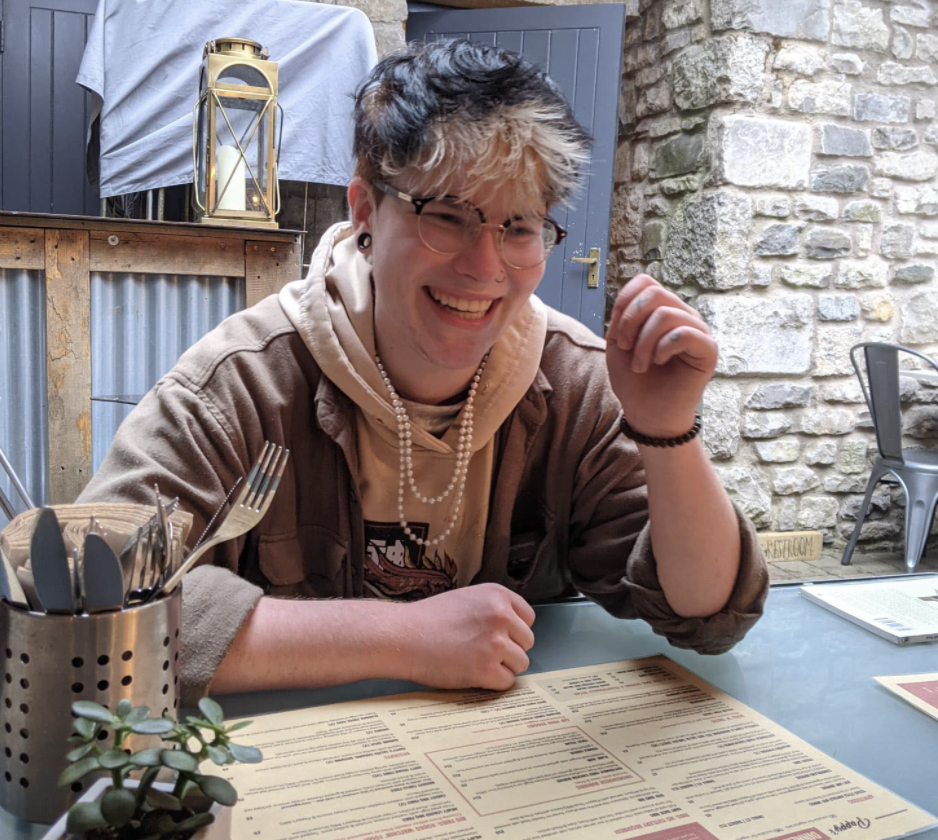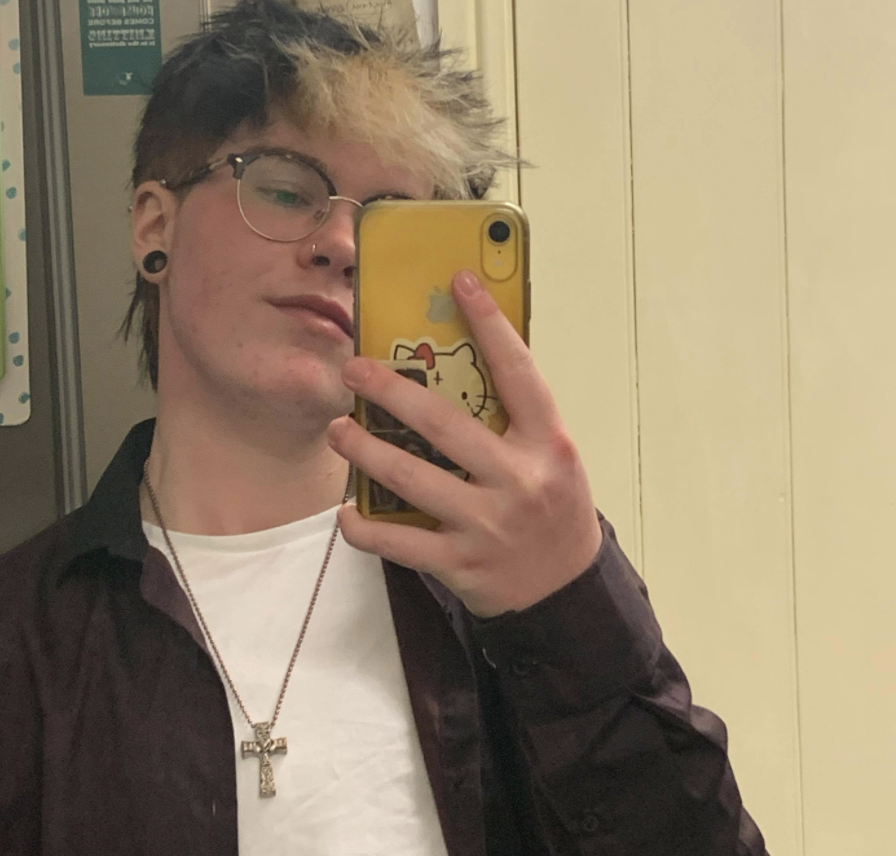For ADHD awareness month, Cannabis Health meets patients who use cannabis to treat the symptoms of the condition.
In the first of our series on ADHD, we meet Jakob Fullagar who was diagnosed with the condition as a teenager. He treats his condition with a combination of prescription medication and cannabis.
What is ADHD?
Attention Deficit Hyperactivity Disorder (ADHD) is a neurological condition. It can affect people’s behaviour in that they can seem restless, they may have trouble concentrating and seem impulsive. While a lot of people are diagnosed at a young age, there are adults being diagnosed with the disorder.
It is thought that ADHD presents in three different ways:
Inattentive: An individual may struggle to organise or complete tasks, pay attention to details, follow instructions or conversations. It also causes a person to be easily distracted or to forget parts of their daily routine.
Hyperactive: A person with hyperactivity may fidget or move or talk a lot. They can struggle with sitting still for a long period of time due to feeling restless. They also struggle with impulsivity and may interrupt frequently, speak at inappropriate times or fail to wait for their turn. They may be more accident-prone.
Combination: They present symptoms of both hyperactivity and inattentiveness.

Jakob Fullagar
ADHD and Jakob
Jakob was diagnosed with ADHD as a teenager. As with a lot of ADHD children, he was labelled the naughty child and was placed into therapy. ADHD symptoms are often mistaken for emotional or disciplinary problems. It is estimated that ADHD children hear an average of 20,000 more negative messages than neurotypical children by the time they are 10-years-old.
In Jakob’s case, teachers also failed to recognise signs of the condition in his behaviour.
“I was a troublemaker as I caused problems and couldn’t concentrate. It took about seven to eight years of therapy before a psychiatrist said it actually might be ADHD, which made a lot more sense.
“I was straight away labelled as a naughty problem child and there was no point where a teacher turned around and said there may be something underlying there,” said Jakob.
As well as therapy, Jakob was placed on a low dose of Concerta. Concerta is a common ADHD medication containing methylphenidate similar to Ritalin. It is thought to improve focus in attentive presentations and also decrease risky or hyperactive behaviour.
He continued: “They just kept increasing it in three or four weekly increments. It tends to work fairly well. I can normally get about a year and a half before I feel I need an increase.”
Jakob had been consuming cannabis recreationally before he realised that it could be beneficial for his ADHD. It wasn’t until he received his diagnosis that he realised he had been subconsciously medicating with it.
“I started [using cannabis] before I actually knew I had ADHD, a friend recommended it,” he said.
“It wasn’t until I got diagnosed and talked about it with doctors that we realised I had been unknowingly self-medicating and self-managing. But it does work. I realised I could chill a little bit and I’m less all over the place.”
ADHD studies
The studies of cannabis on ADHD are few but promising. A small Israeli study from 2020 on medical cannabis patients suggested that CBN may help to reduce symptoms. The study involved 59 patients who were asked to record their ADHD, sleep, anxiety patterns using questionnaires. Those on a higher dose of CBN recorded less medication use while those on the lower doses recorded less anxiety. CBN is a controlled substance in the UK as it is created when THC breaks down and becomes oxygenated.
Jakob finds that medical cannabis has pros and cons when it comes to symptom management.
“In terms of benefits, it’s absolutely taken me down a bit when it comes to energy levels. I am able to think things through after I’ve consumed. I’ll happily be able to sit and properly think out a process rather than just jumping straight in. I’ll take a step back.”
ADHD people can struggle with blurting things out, acting without thinking or failing to recognise risks as they act on impulse. This can have negative effects on their jobs, home lives and relationships. It can be difficult to take a step back to recognise the potential for danger, upset or difficulties.
He added: “I can process and choose an appropriate response. When it comes to being social, it’s much better to be able to navigate situations where I may upset someone by speaking before thinking.”
Diagnosis rise
While ADHD diagnoses are on the rise, there is still a lot of confusion surrounding the condition. This can cause ADHD people to lose jobs, relationships and friendships. A survey from the US ADHD Awareness Coalition showed that more than half of those who participated said they had lost or changed a job because of their ADHD symptoms. A further 36 percent said they had four or more jobs in the past ten years with 6.5 percent saying they had more than 10.
Jakob is honest at work about his ADHD. Although he has just started working in a butchers, the smells, sights and textures don’t bother him. However, he admits that noise is a problem with distraction.
“I started working at a butchers about two months ago and it’s noticeable that I take longer to learn,” he said.
“At the minute, I’m constantly learning new things every day so I explained to everyone at work and said I have a learning difficulty so please be patient with me.
“They have to show me things a few times and supervise me while I try it myself. It takes all of that while I crack a process. Then there are the sensory processing issues that come with it. There is constantly fans, fridges and machinery going on and it’s a running joke that I can’t hear anything unless people shout.”
Sensory overload can happen when a person has input from their five senses that they can process. Multiple conversations, flashing lights, or a loud party can all produce the symptoms. It is common in ADHD, autism, fibromyalgia and PTSD.

ADHD and cannabis stigma
While Jakob is open at work about his diagnosis, he does get frustrated that people feel it’s about just being a stereotype. He believes that cannabis use and ADHD still carries a stigma.
“I think especially around ADHD, there is a stigma. You tell someone you have the condition and they think it’s about hyperactivity, being energetic and funny. There is a lot more to ADHD than just annoying stereotypes,” he said.
“When it comes to cannabis, I think a lot of opinions have changed over time so I don’t tend to say that I use it a lot of the time but the majority of people know that I do. I think the main reason people don’t like cannabis these days is because of the negative connotations around it.”
Jakob added: “I wish people knew we are all trying our best with the resources and strategies we have at that moment but we have to try that little bit harder, unfortunately.
“It’s not all balancing, happiness and excitement, as it can be really stressful.”
Read more: I’m prescribed cannabis for ADHD but I can’t travel home with it
The post ADHD Awareness Month: “There is more to ADHD than just annoying stereotypes” appeared first on Cannabis Health News.

